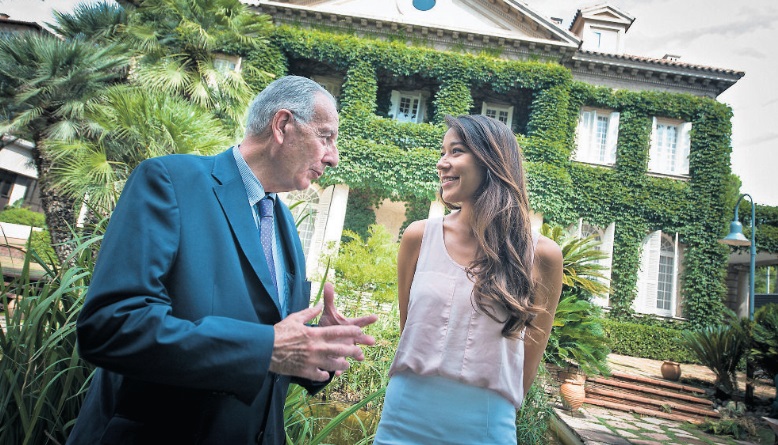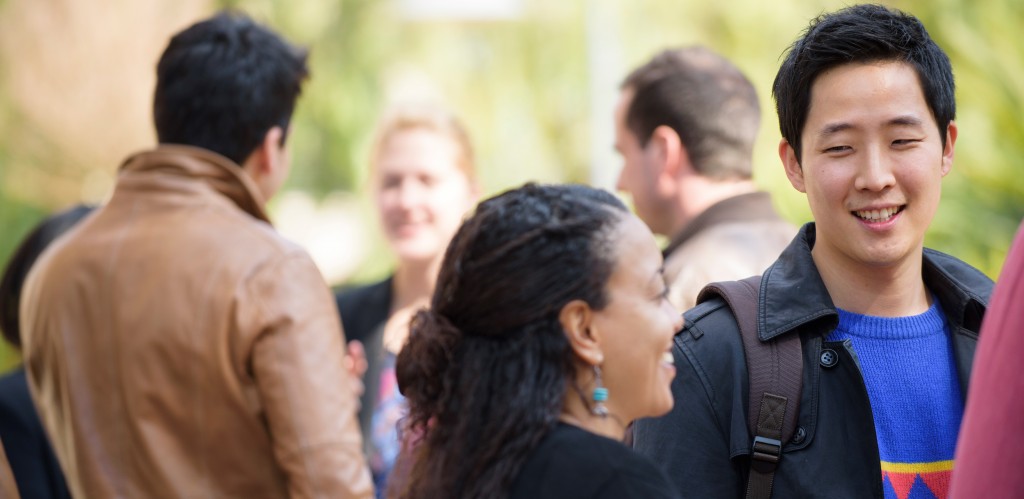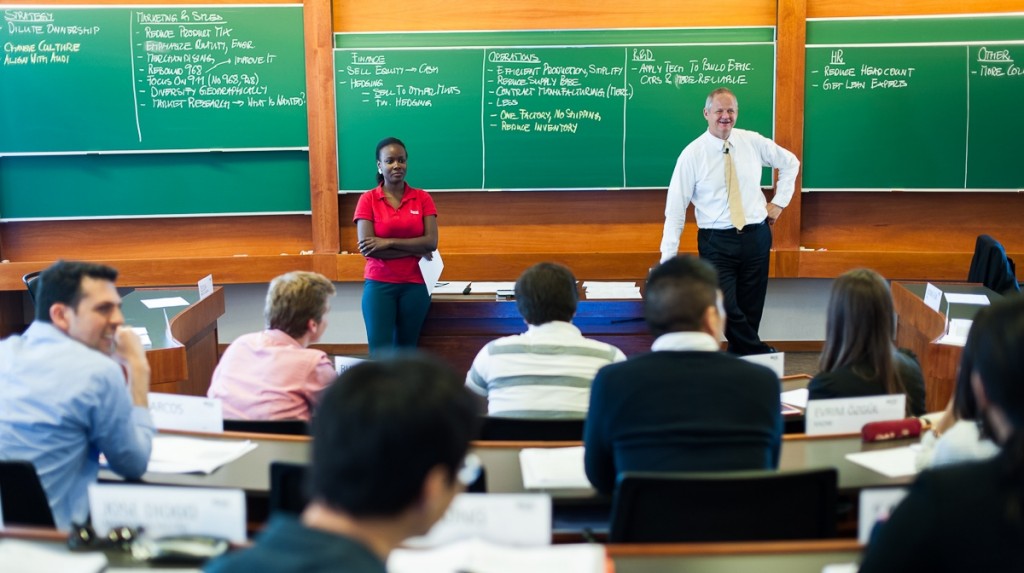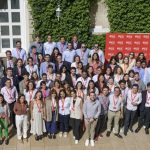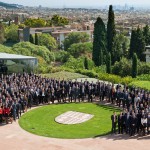IESE celebrates the 50th anniversary of its leadership program, recognized around the world and adapted to current times. Two people—one from the first graduating class and one from the last—discuss how it has changed.
The differences between Gerardo Salvador and Isabelle Somers go beyond the several decades that separate them in age. Their dissimilarities also include their gender, nationality, and the 10,000 MBA students that have passed through IESE’s MBA between the time one started the program and the other. He has the honor of forming part of the first graduating class; Isabelle, when she finishes in 2016, will appear in the official class photo of IESE’s 50th anniversary class. He began studying in a building that resembled a military barrack; she studies on a campus where nothing appears to be lacking. He believed in something that was just beginning and that had no references, while she joined with the guarantee of a consolidated academic program, considered by Financial Times as the 7th best MBA in the world.
“MBA? When I began the program, the term didn’t even exist. I studied something called ‘Master in Economics and Business Administration’ (MED in Spanish), which was a specific training that included law and management studies with a business administration focus,” explains Salvador, who arrived to the program after dropping out of the second year of the Professor of Commerce degree he was studying. Someone told his father, a notary, about the program, and he recommended it to Salvador. Spain was trying to move away from its inward-looking economy through its Development Plans, and the two-year course—unknown until then in Europe—would be imparted by IESE, which had been delivering executive leadership programs for less than six years. Its only endorsement was offering what could be considered an “American-style” education. From those classes, initiated on September 21, 1964, Gerardo Salvador and his classmates all left with jobs, despite the fact that the program of that first class had been hammered out in barely three-and-a-half months.
CLEAR IDEAS
For Salvador, it was a radical departure from his conception of education, and not only because of where the classes took place: pre-fabricated structures with fiberglass roofing. One reason was because some of the 31 students were international (half a dozen from Argentina, Colombia, Kenya and Philippines). Another reason was the familiarity with which the professors spoke to their students, despite the respect they proclaimed for them. But above all, because he learned that there was no point in memorizing. He remembers one of the tongue-lashings that Prof. Antonio Valero gave them that particularly stands out in his mind.
“We responded to something too literally and he told us that he didn’t want walking encyclopedias , he wanted students that had their ideas straight,” he explains. He adds, “That’s what Google is for today.” In the MBA, the center of the action is the case method , with the active intervention of the student, who must put their knowledge to use and provide input to resolve real-life problems. Raising one’s hand in class is a must .
Prior work experience is one of the changes that IESE has pursued; starting in the 1990s, the school began to require 1.9 years. Today it requires four years.
The so-called MED was imparted in Spanish. It wasn’t until 1980 that the program became the first bilingual MBA in Spain , although now classes are delivered exclusively in English. Nonetheless, Isabelle Somers disembarked in Barcelona last year with the objective of improving her Spanish, which she now speaks fluently, in addition to French, English and German. This young Canadian represents the evolution that the MBA program has undergone over its 50 years of history. She’s a woman—although the feminization of IESE’s MBA classrooms still has a way to go—and is five or six years older than the average student 50 years ago. In spite of her youth, she boasts a solid résumé that includes leadership responsibilities in the multinational Bombardier. Prior work experience is one of the changes that IESE has pursued; starting in the 1990s, the school began to require 1.9 years. Today it requires four years.
A STUDENT BODY THAT IS 83% INTERNATIONAL
The fact that Somers isn’t Spanish perhaps reflects the greatest change since IESE began imparting its MBA. Last year, 83% of the 291 students enrolled come from 56 countries . “I love Europe and international programs, with a huge diversity of people, and I also wanted to improve my Spanish. IESE’s MBA was my first choice because I love its focus on leadership development ,” affirms Somers, who also emphasized her desire to live in Barcelona.
Despite the time that has transpired between their days as students, they both agree on the dedication required to pass the MBA. Salvador remembers that, in his day, only four students failed the program. Somers says that, although she was aware of the tremendous effort that it would entail, she is still surprised at how “extremely intense” it has become. This amount of work requires an equally intense relationship among the different members of the work teams, in which each one must take on leadership of a distinct area.
Since the teams can’t be modified, as if they were a real-life corporate management board or work council, the students are obliged not only to collaborate together, but also to form bonds of mutual trust. A relationship may end up as a friendship, or the complete opposite. “You have to learn how to manage your time, prioritize objectives, and know how your fellow team members depend on you,” which generates a “circle of trust”, concludes Somers.
Today, a third of graduates end up creating their own company
Studying Entrepreneurship
Isabelle Somers was also interested in another strong suit of this business school: the emphasis on developing entrepreneurs, driven in large part by Prof. Pedro Nueno. This aspect was completely off the radar in Gerardo Salvador’s day. Says Somers, “I want to find out if I have an entrepreneurial spirit. My father is very entrepreneurial and it’s important for me, but it requires finding the right balance between taking risks and being able to create value in an organization.” Salvador admits that this area of business creation didn’t play a role in his career. “We were taught to be management professionals, but not to launch start-ups” , he affirms. Today, a third of graduates end up creating their own company .
*This article was originally published in Spanish by El País. You can read it by clicking here.


